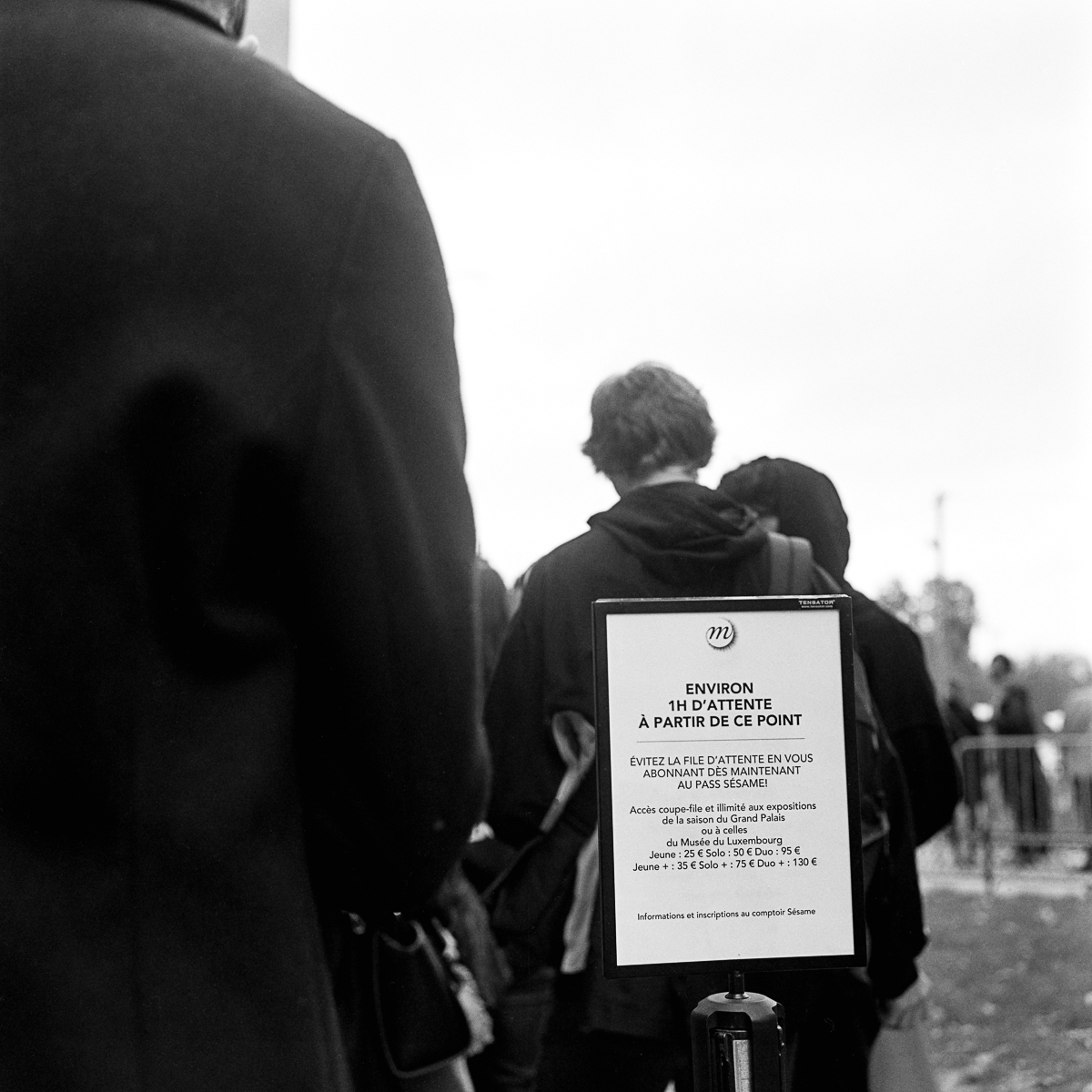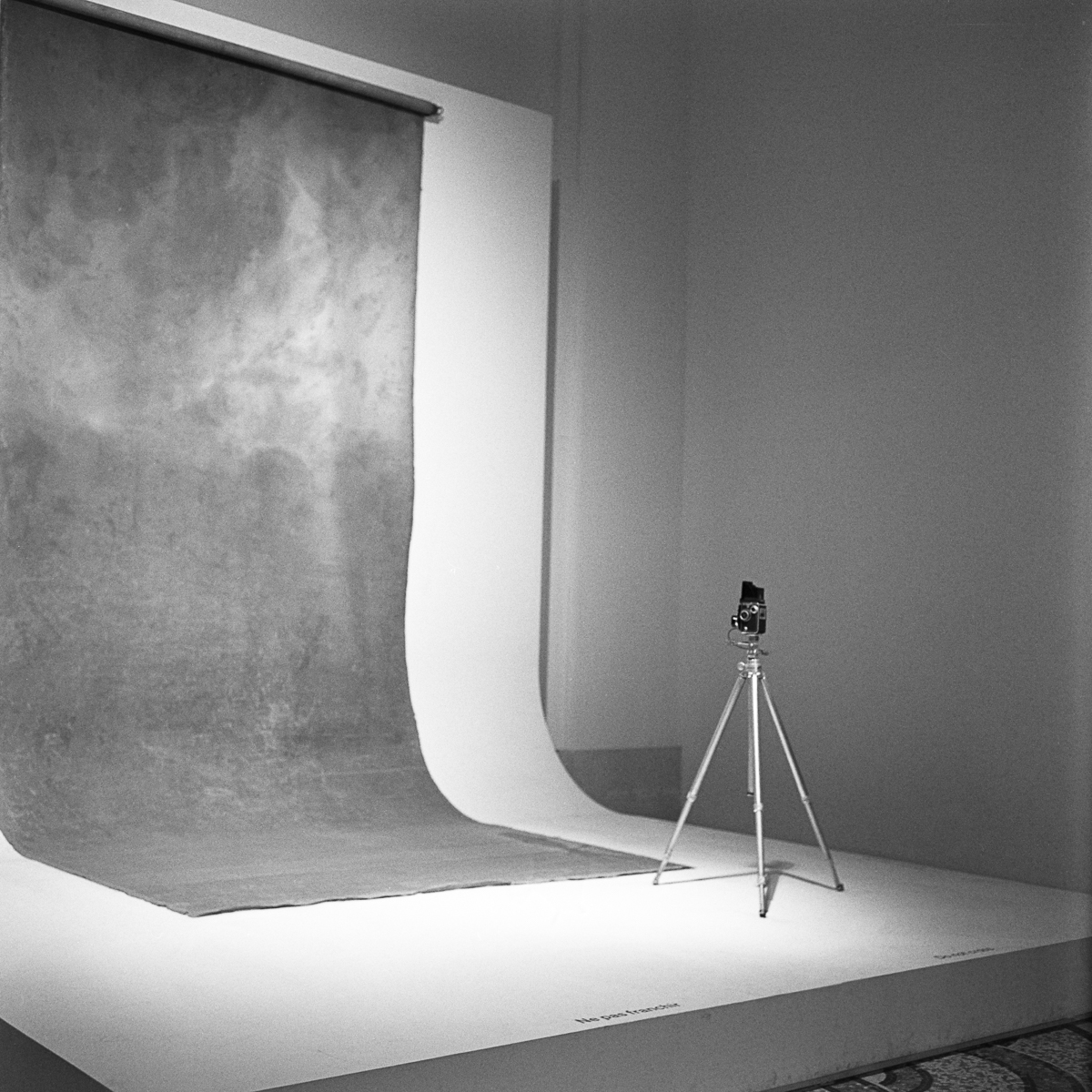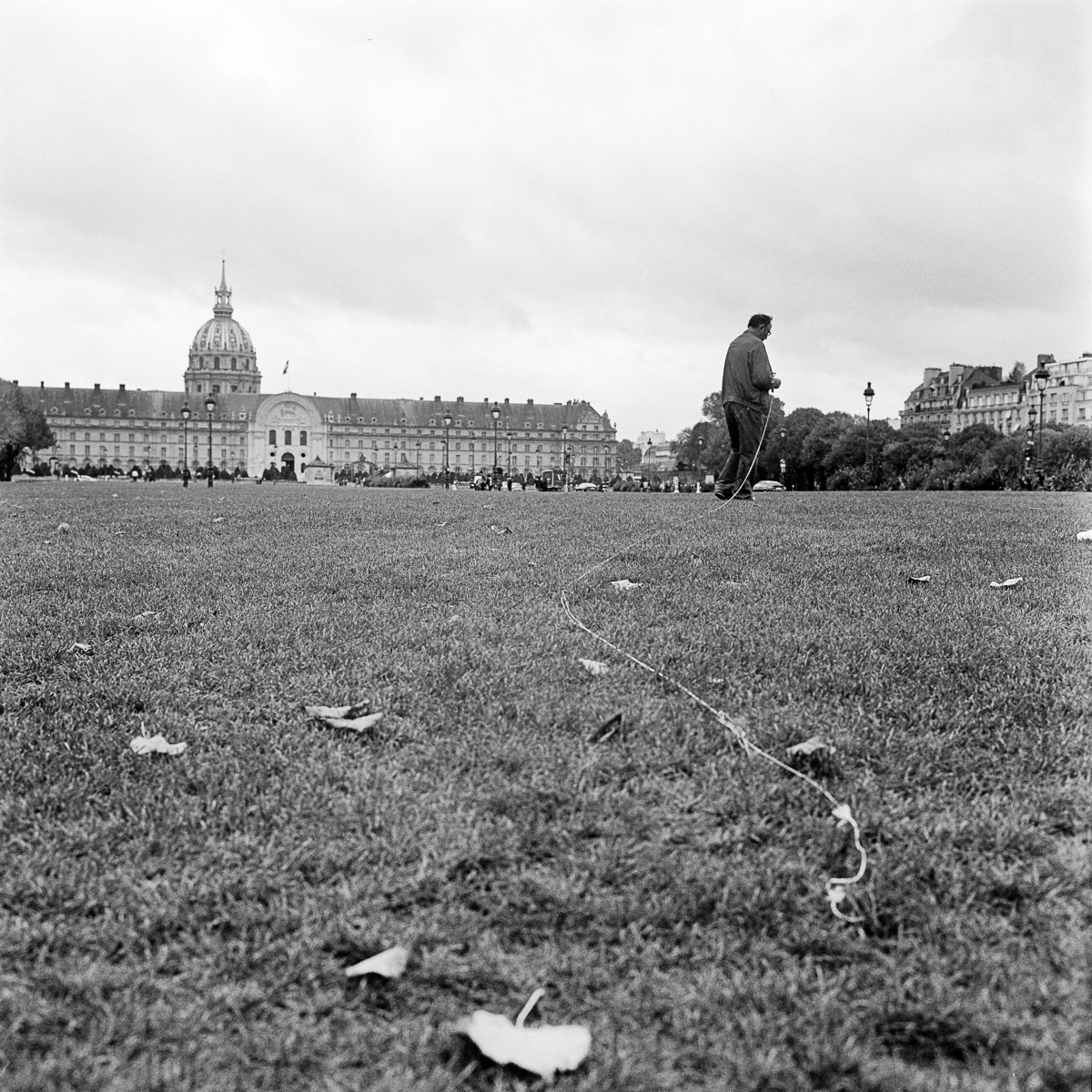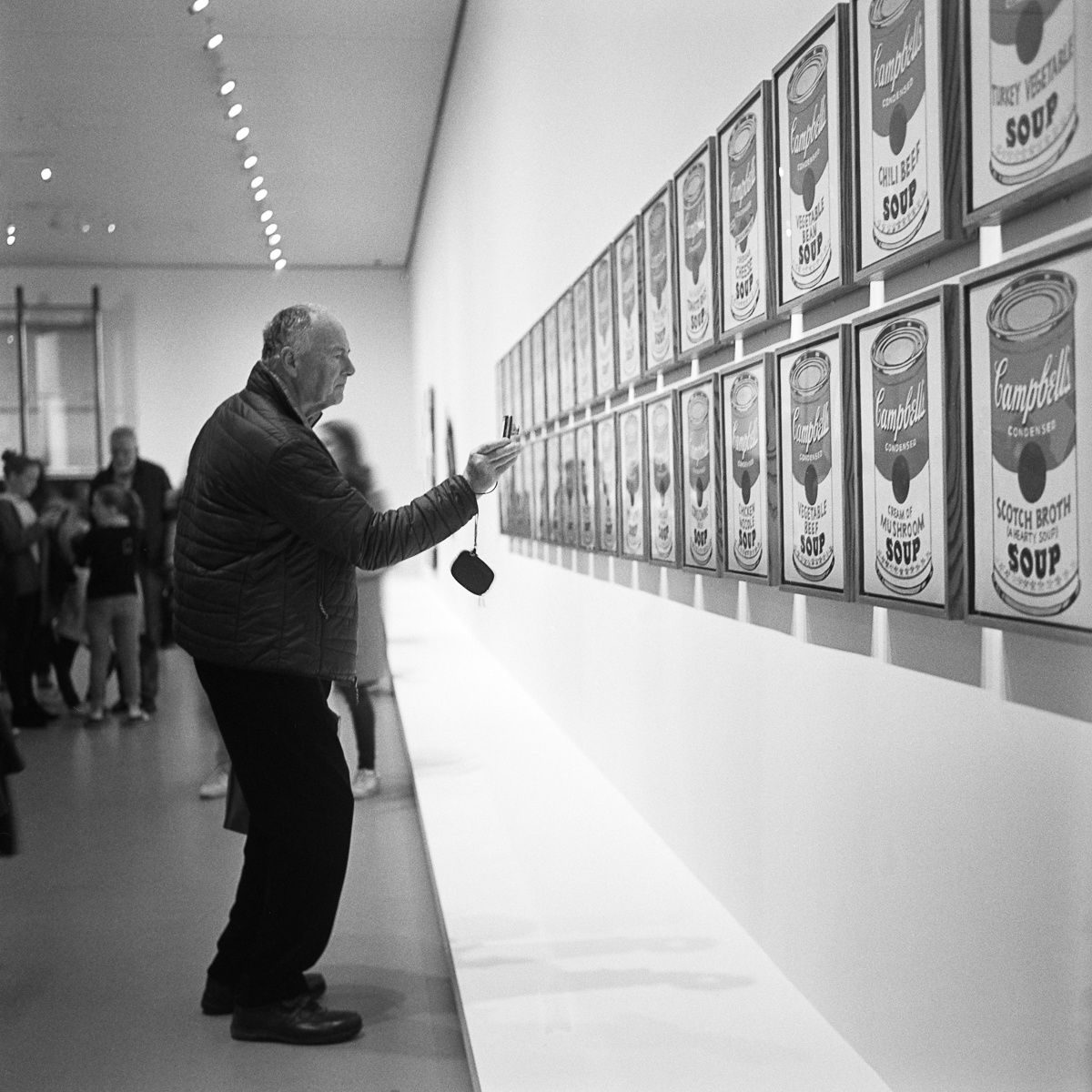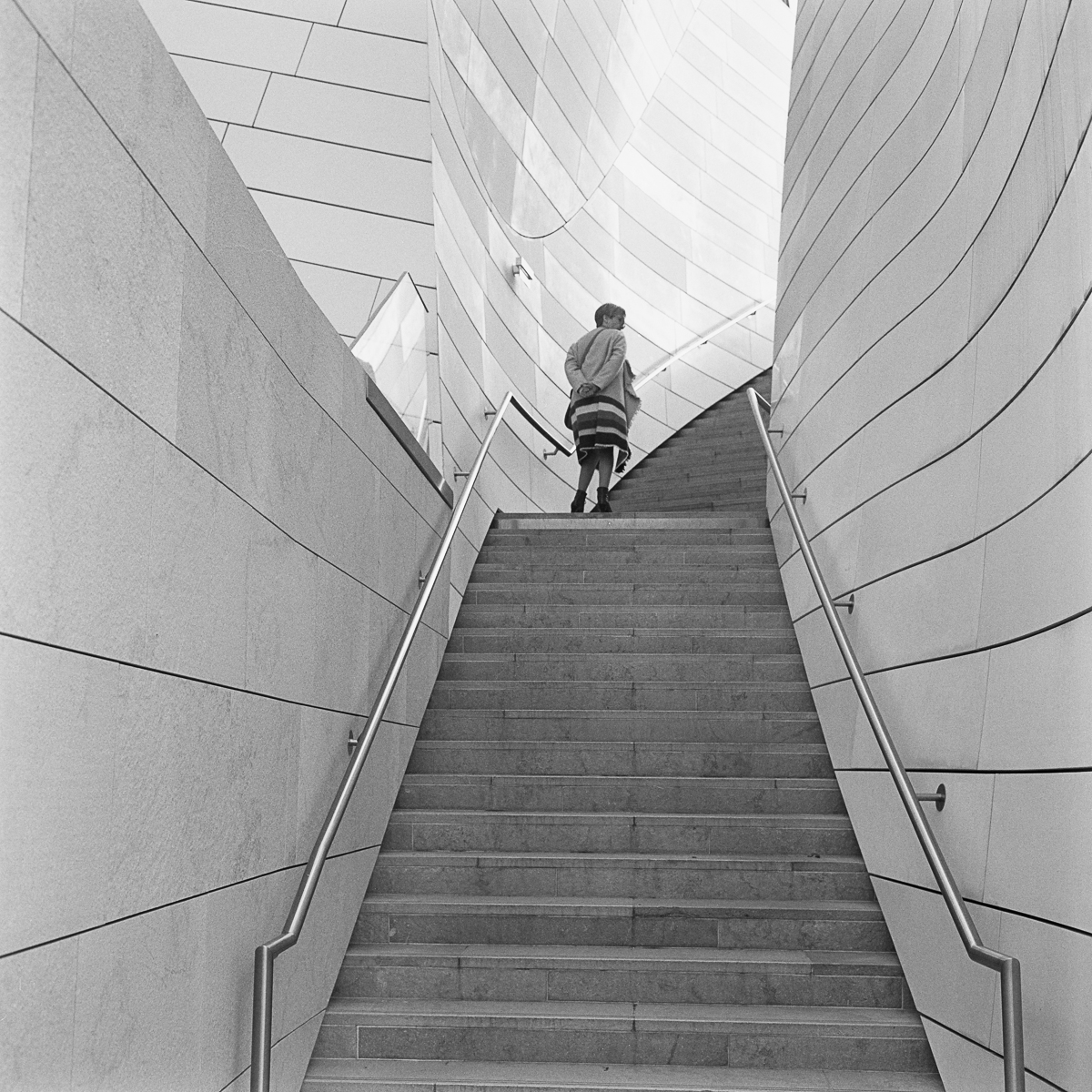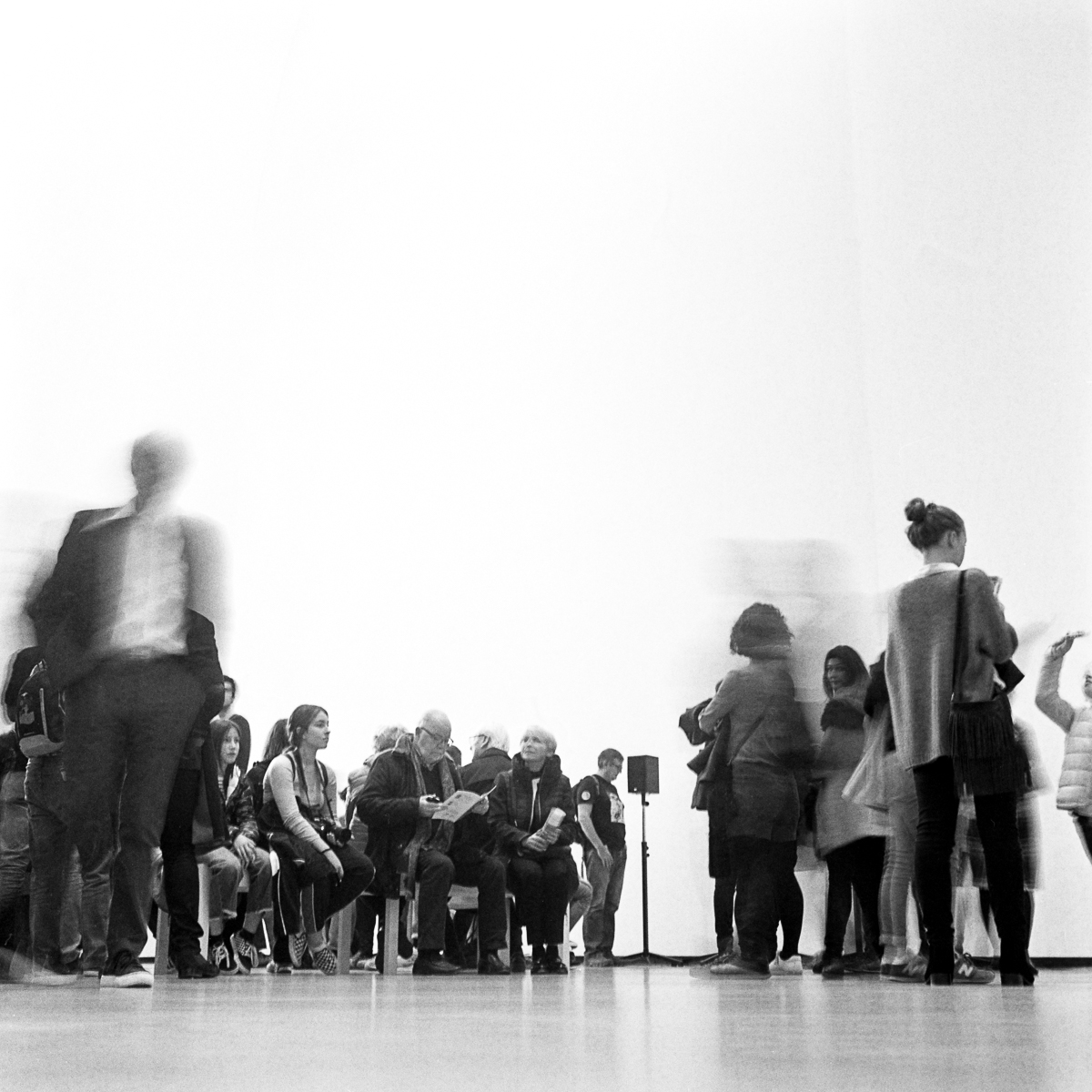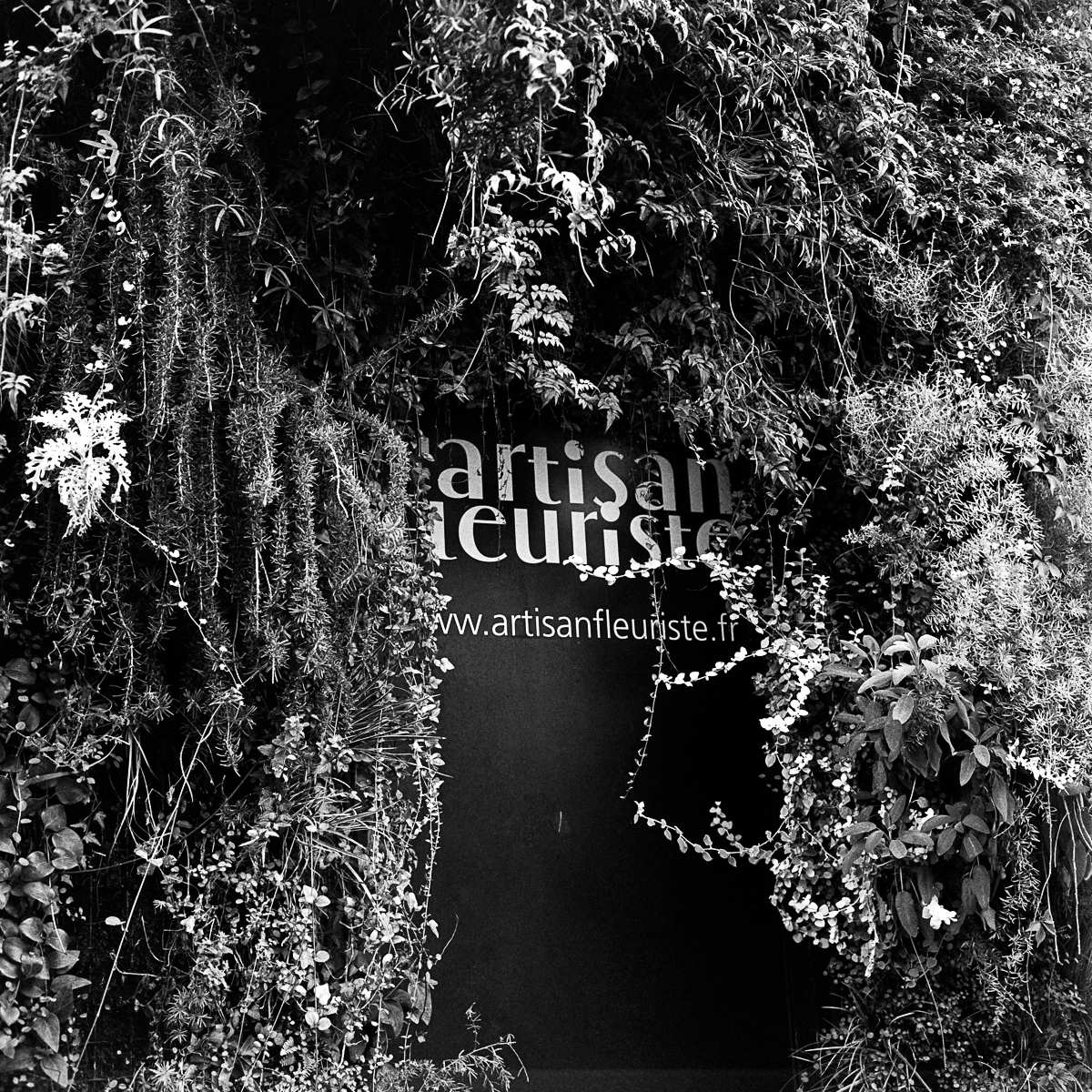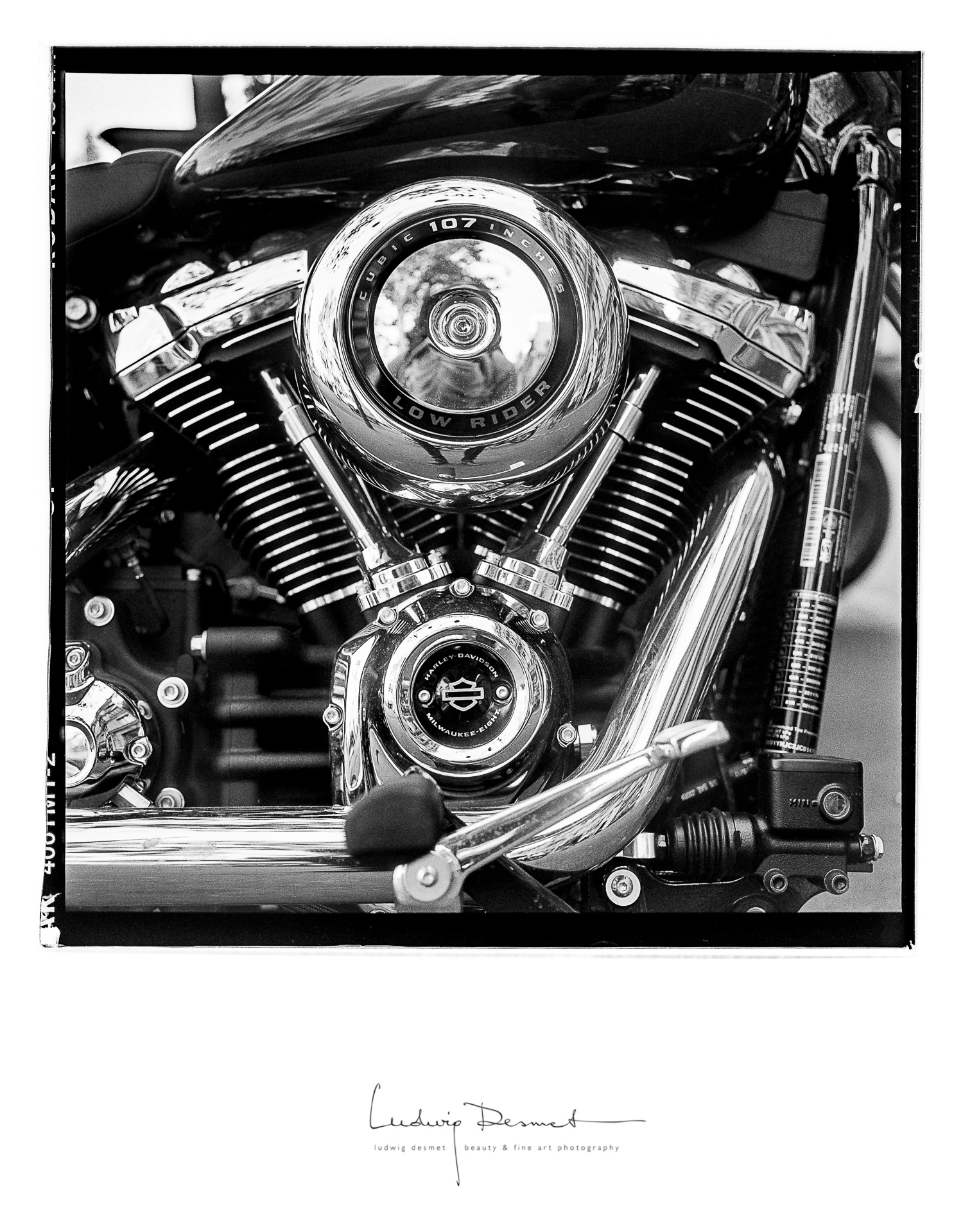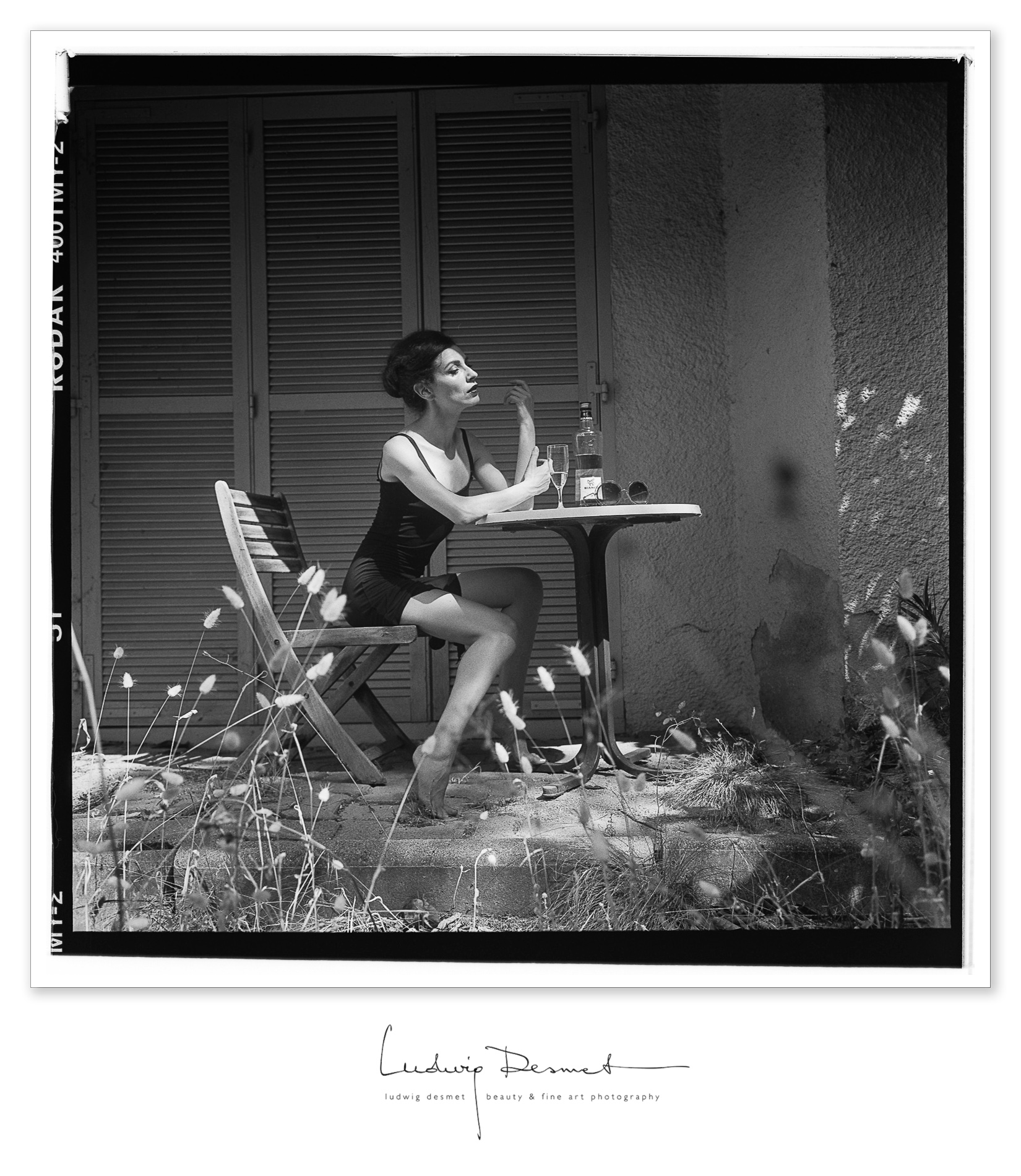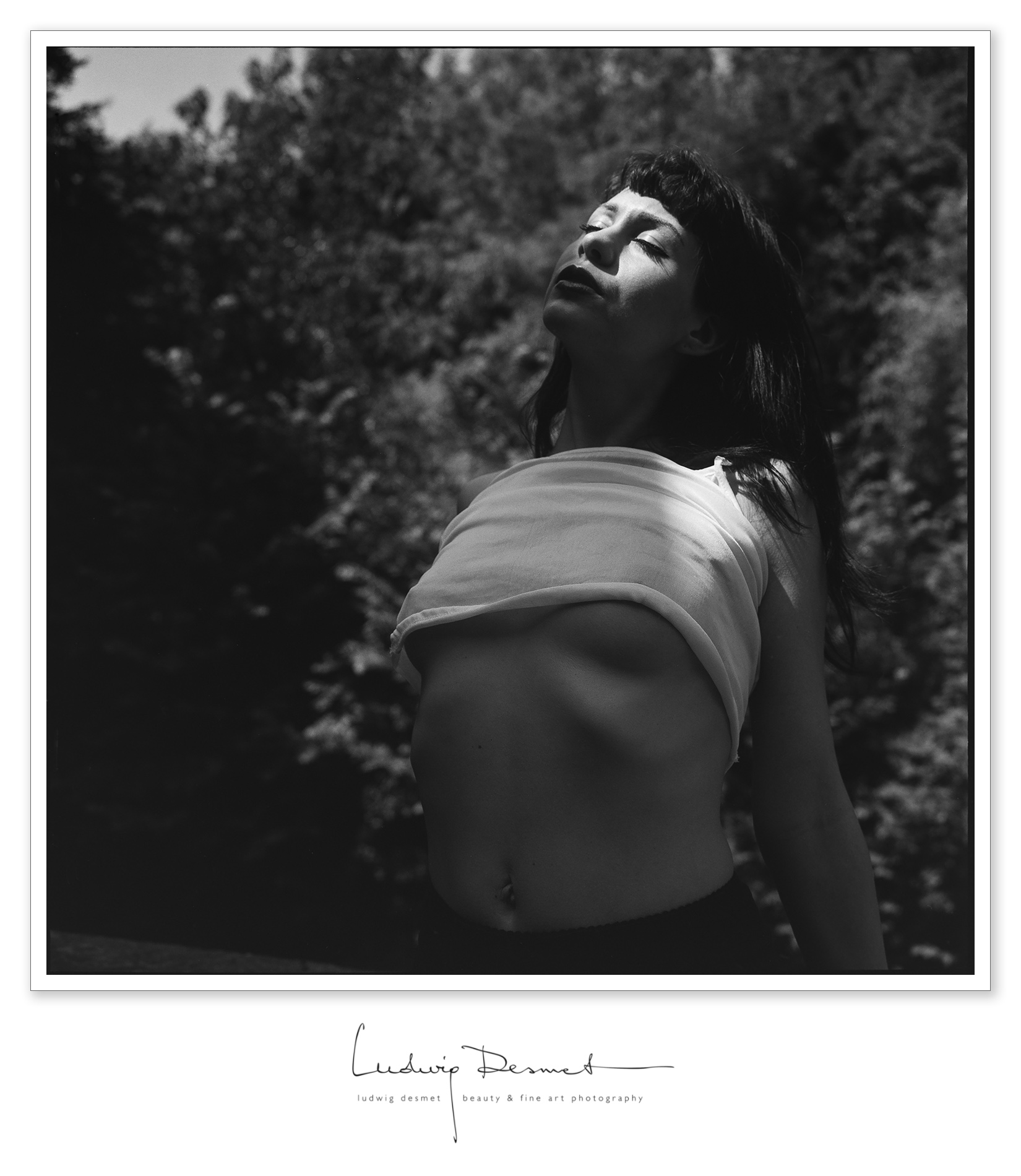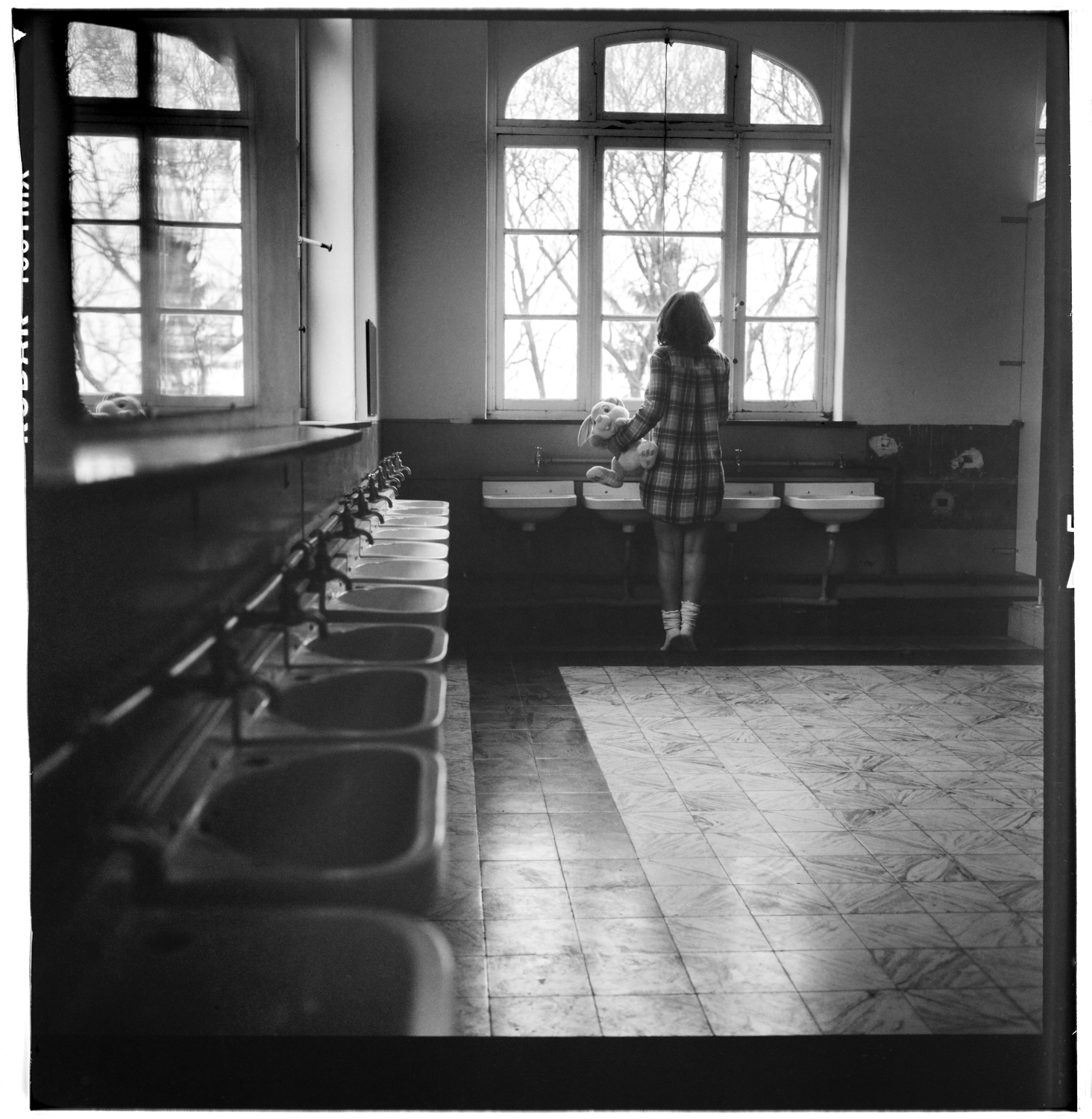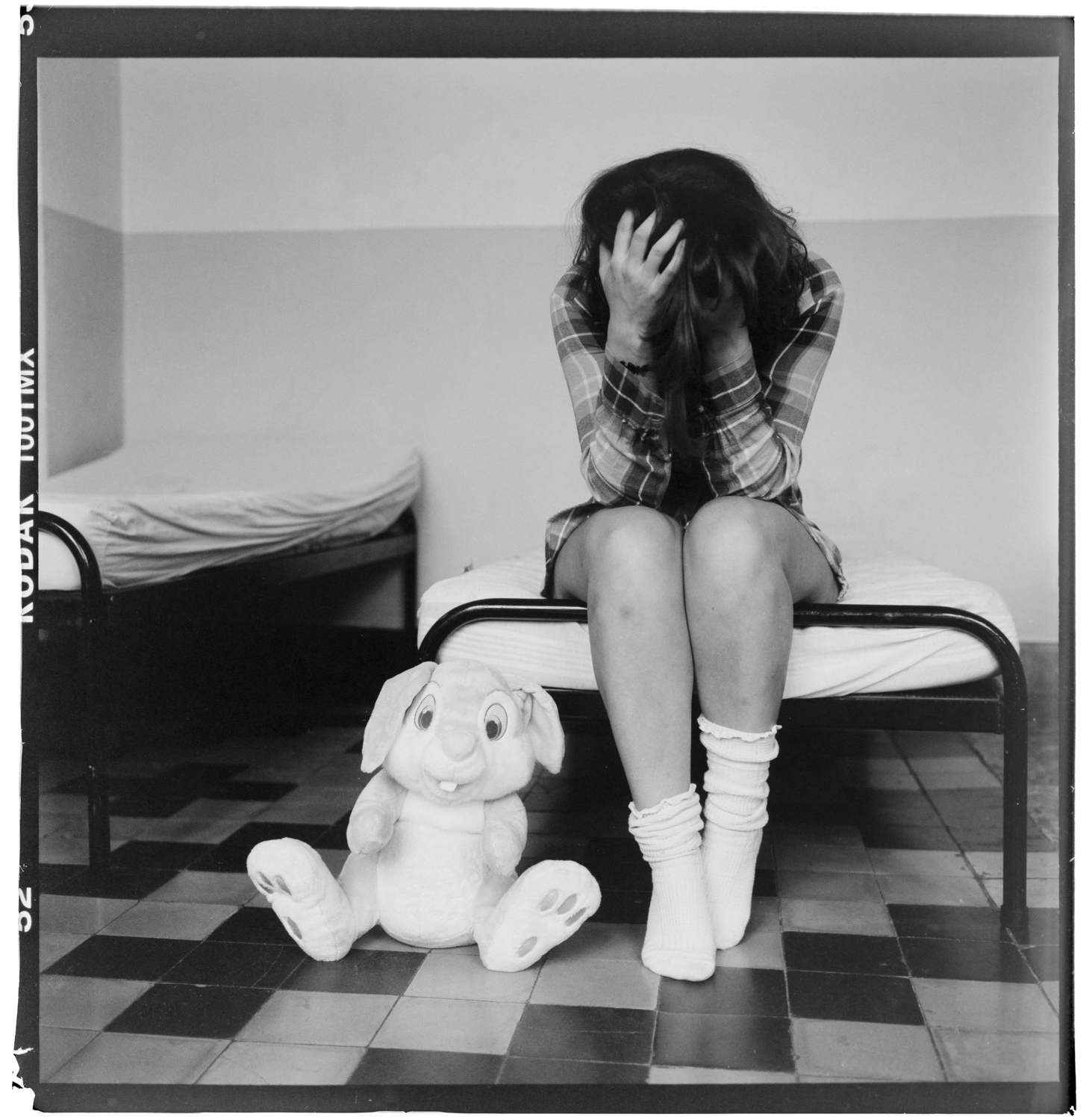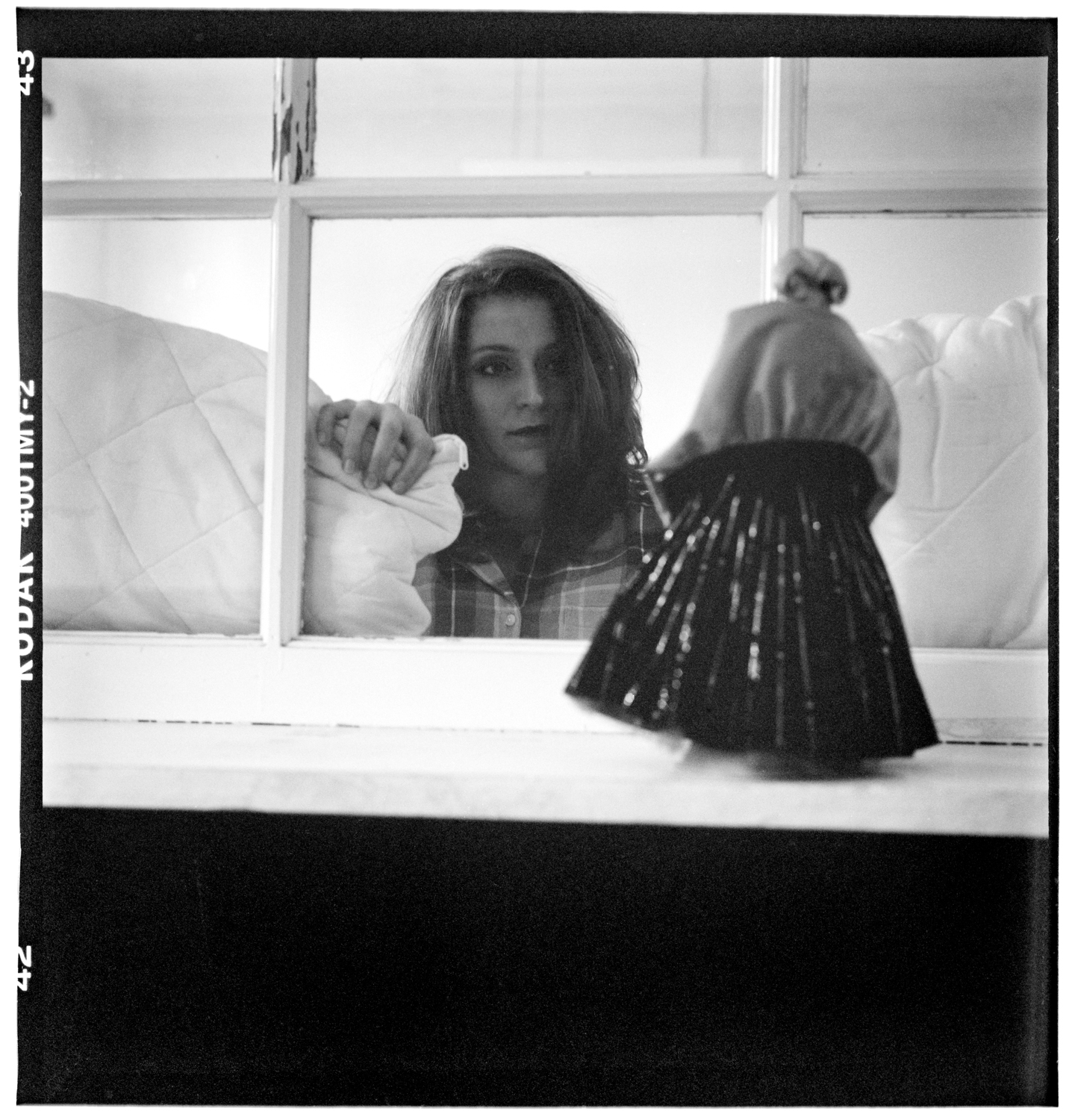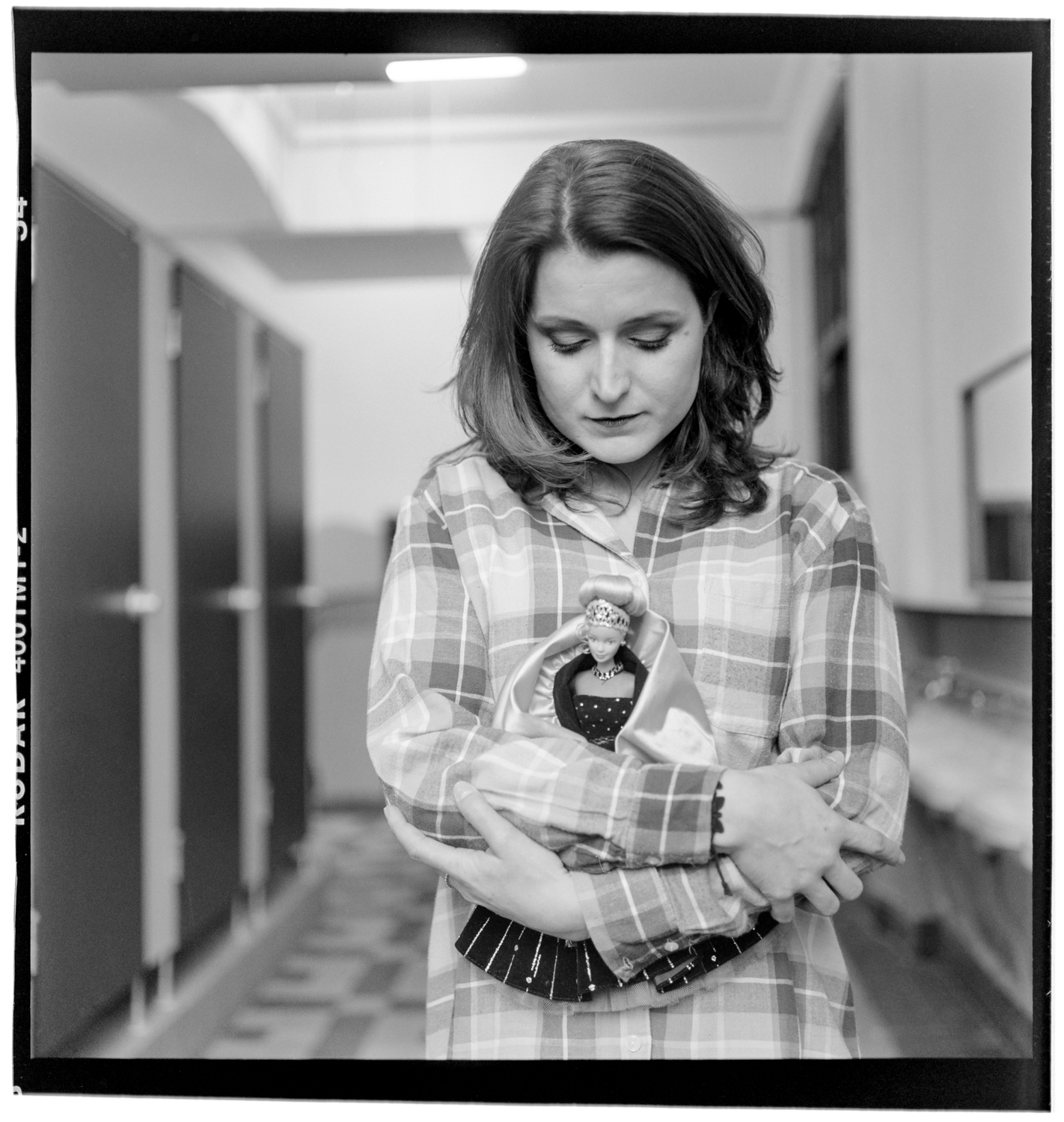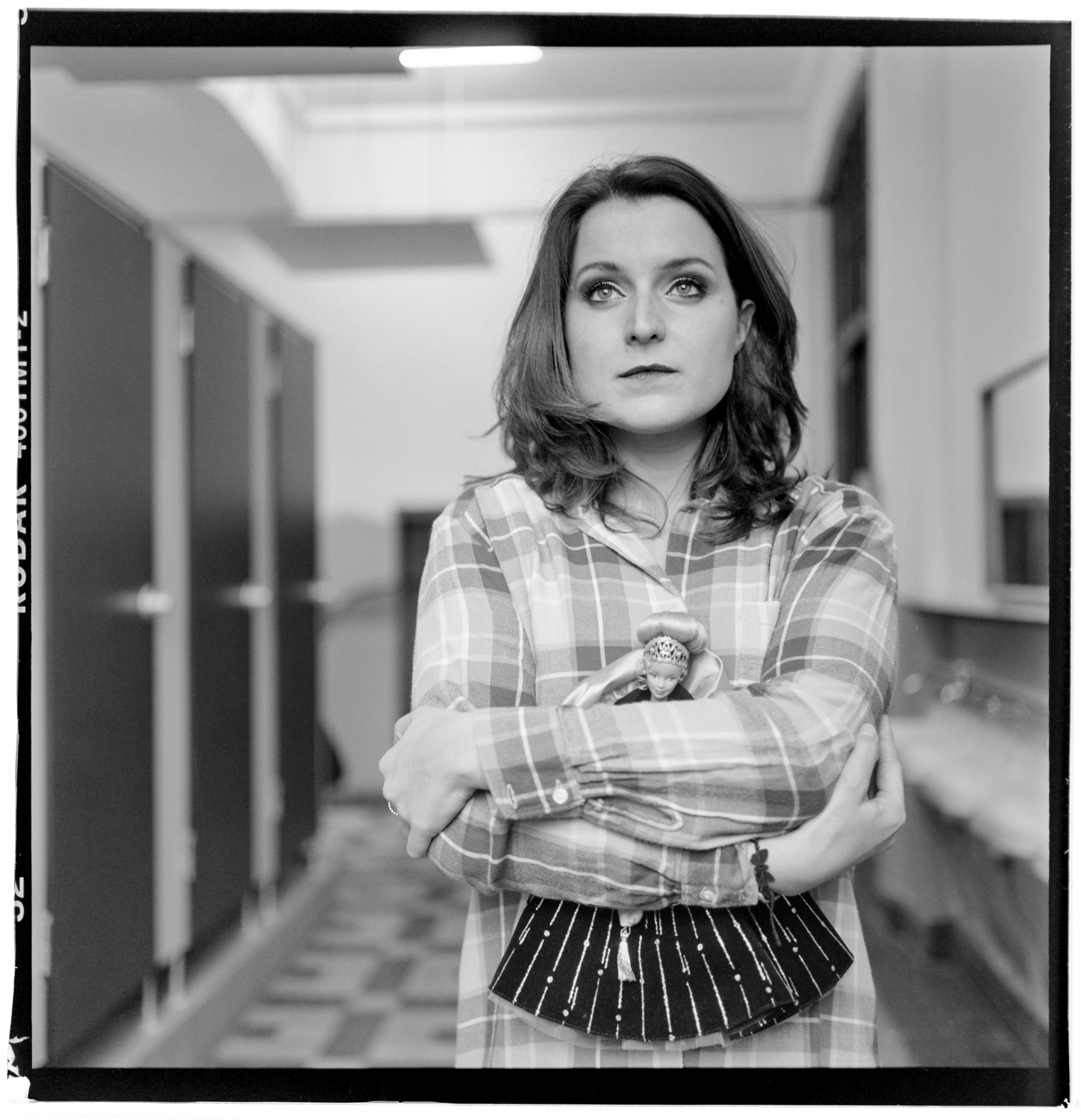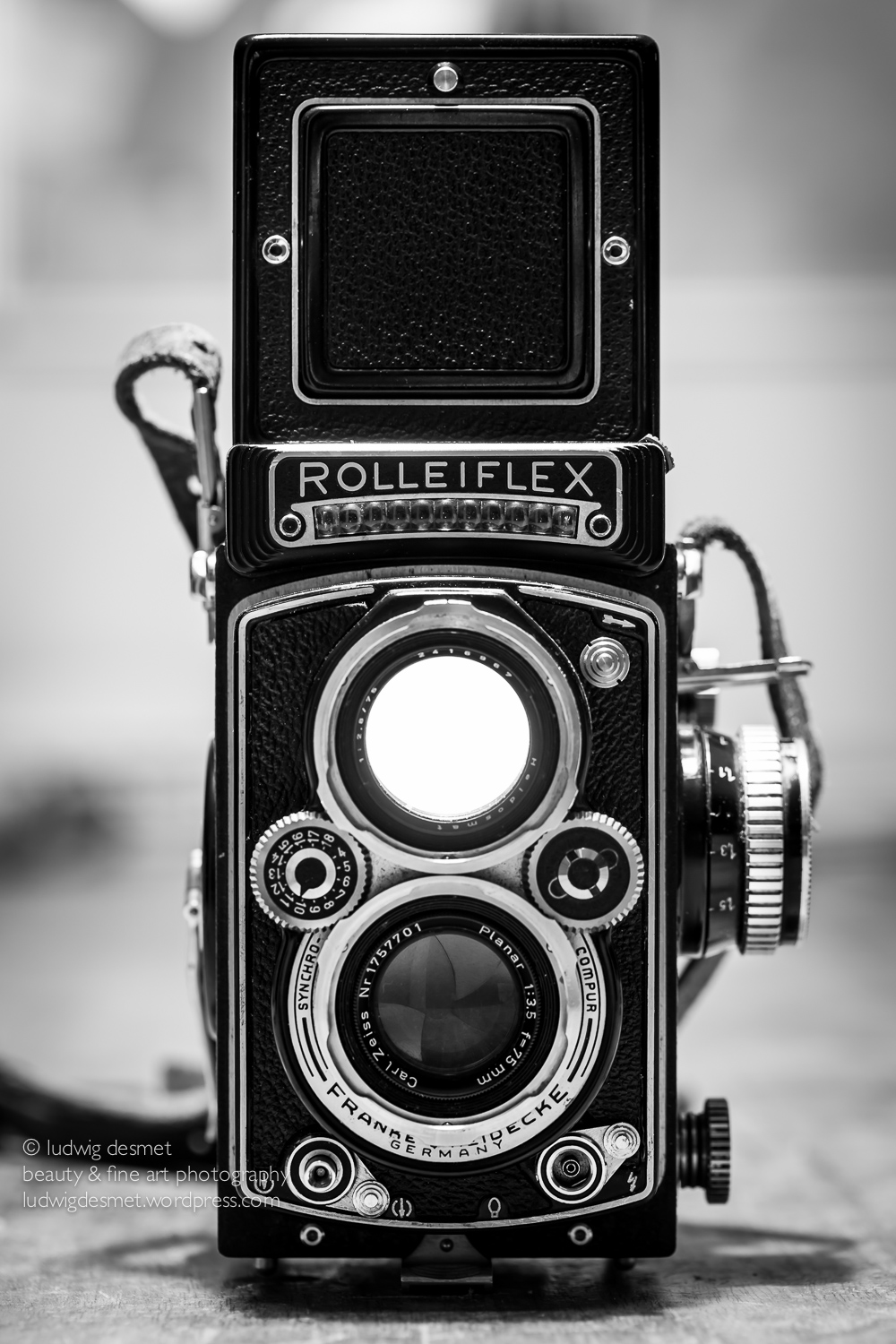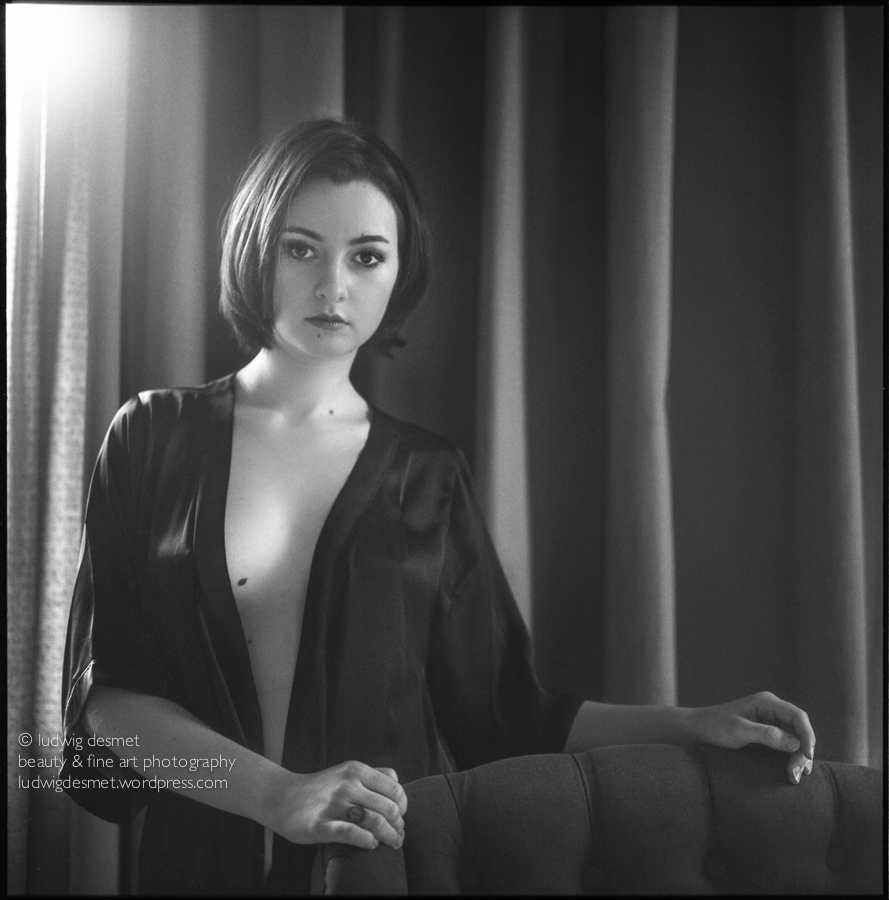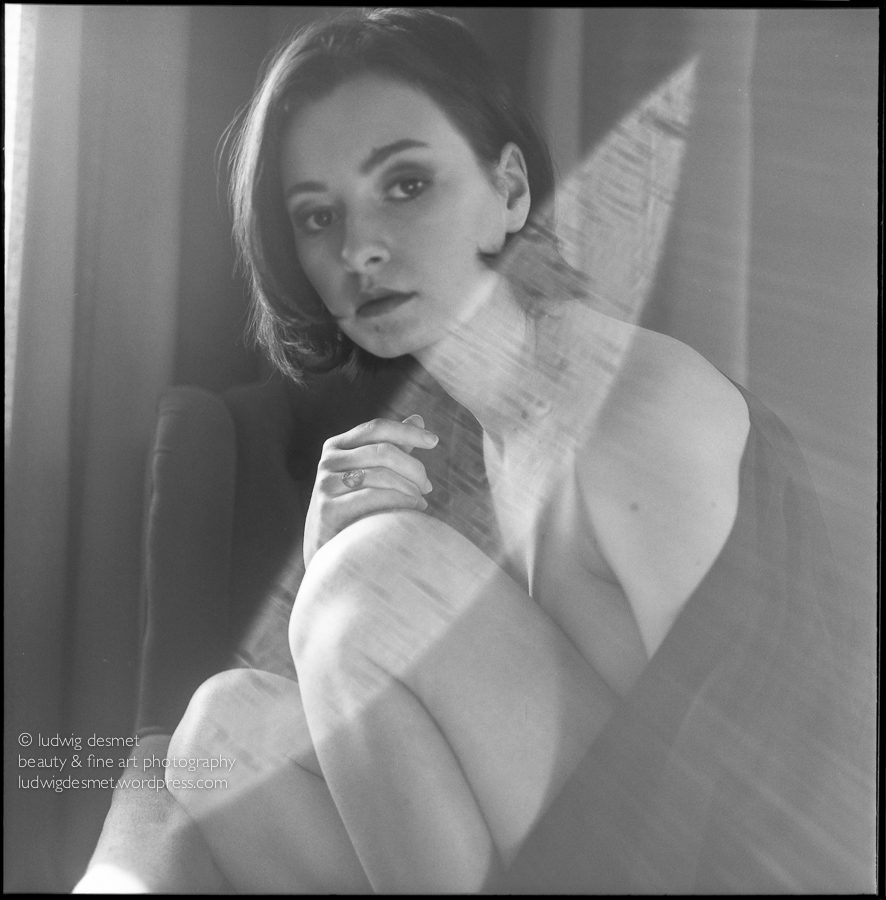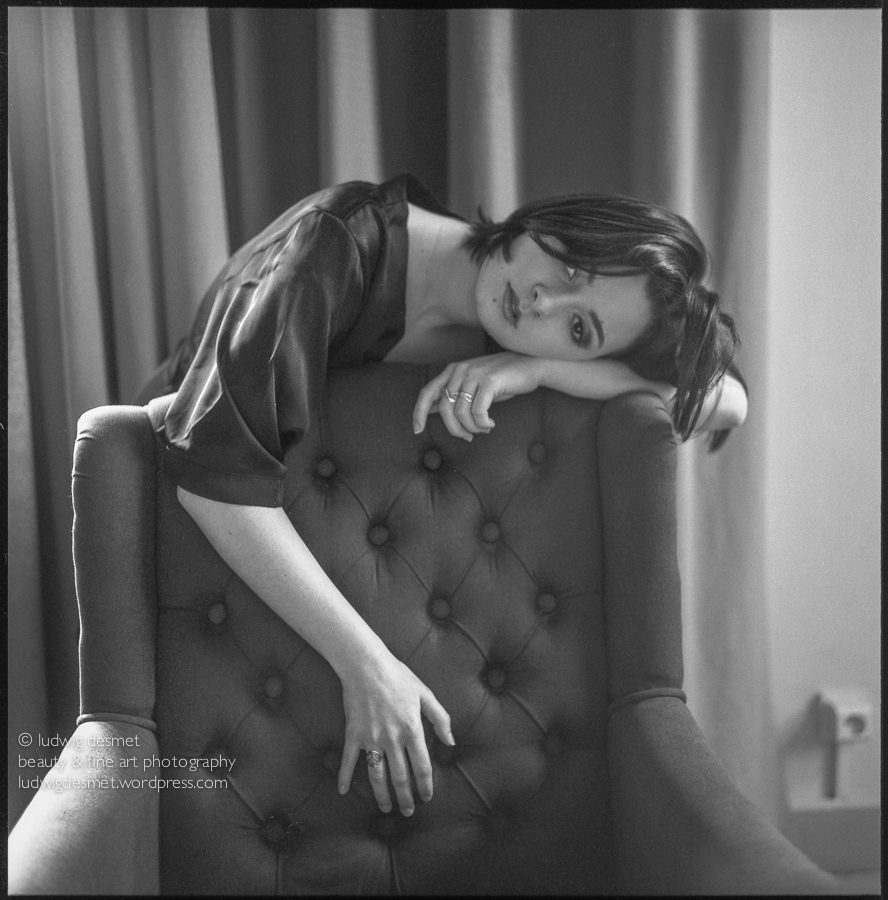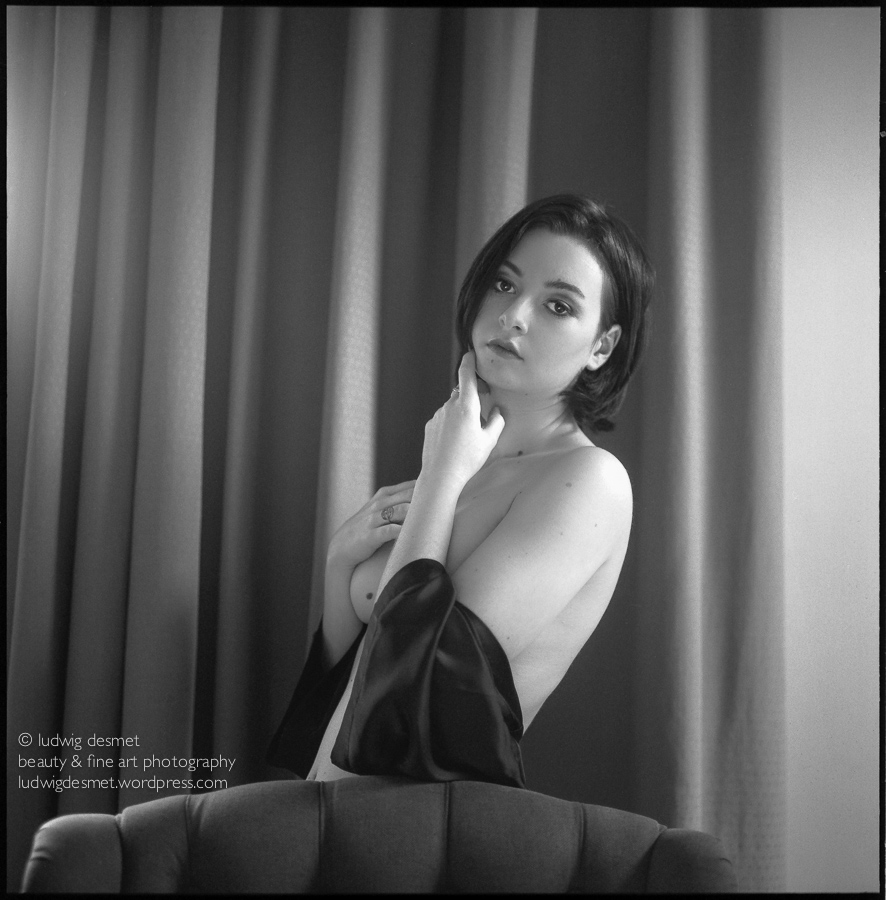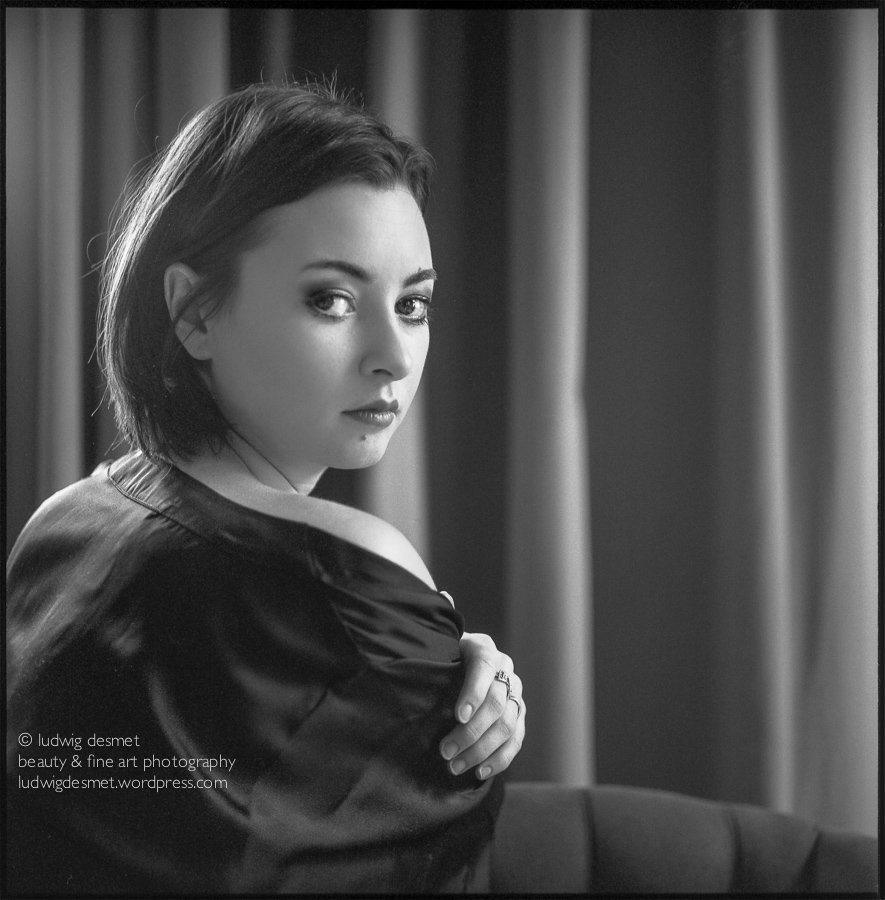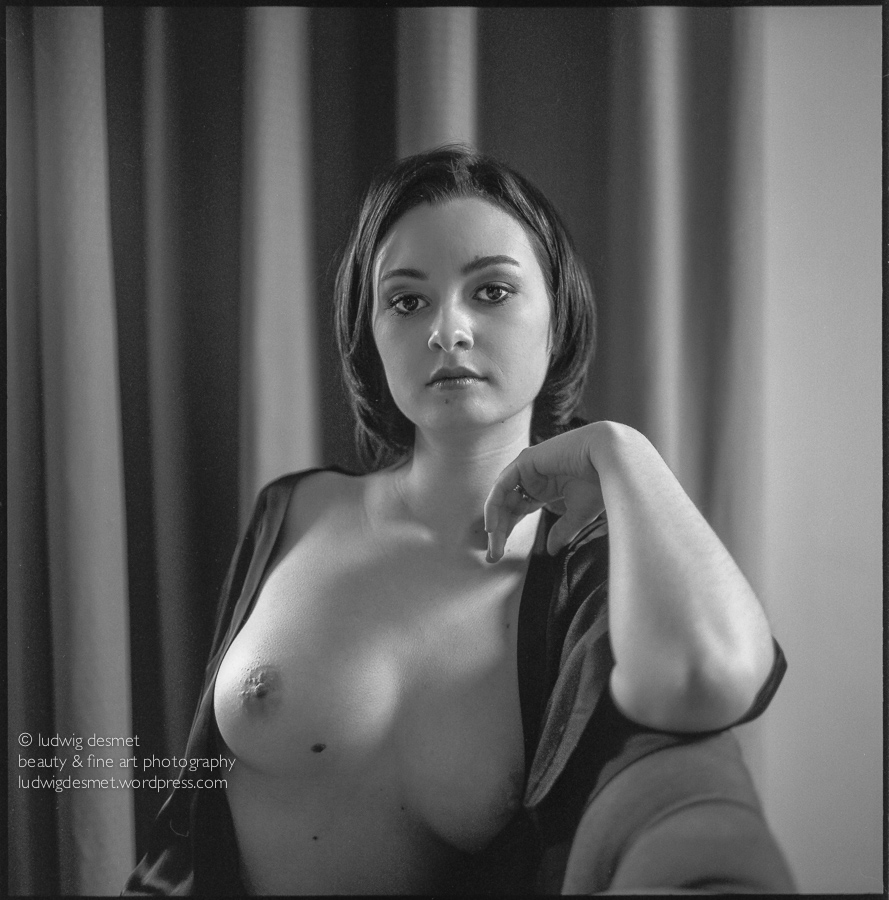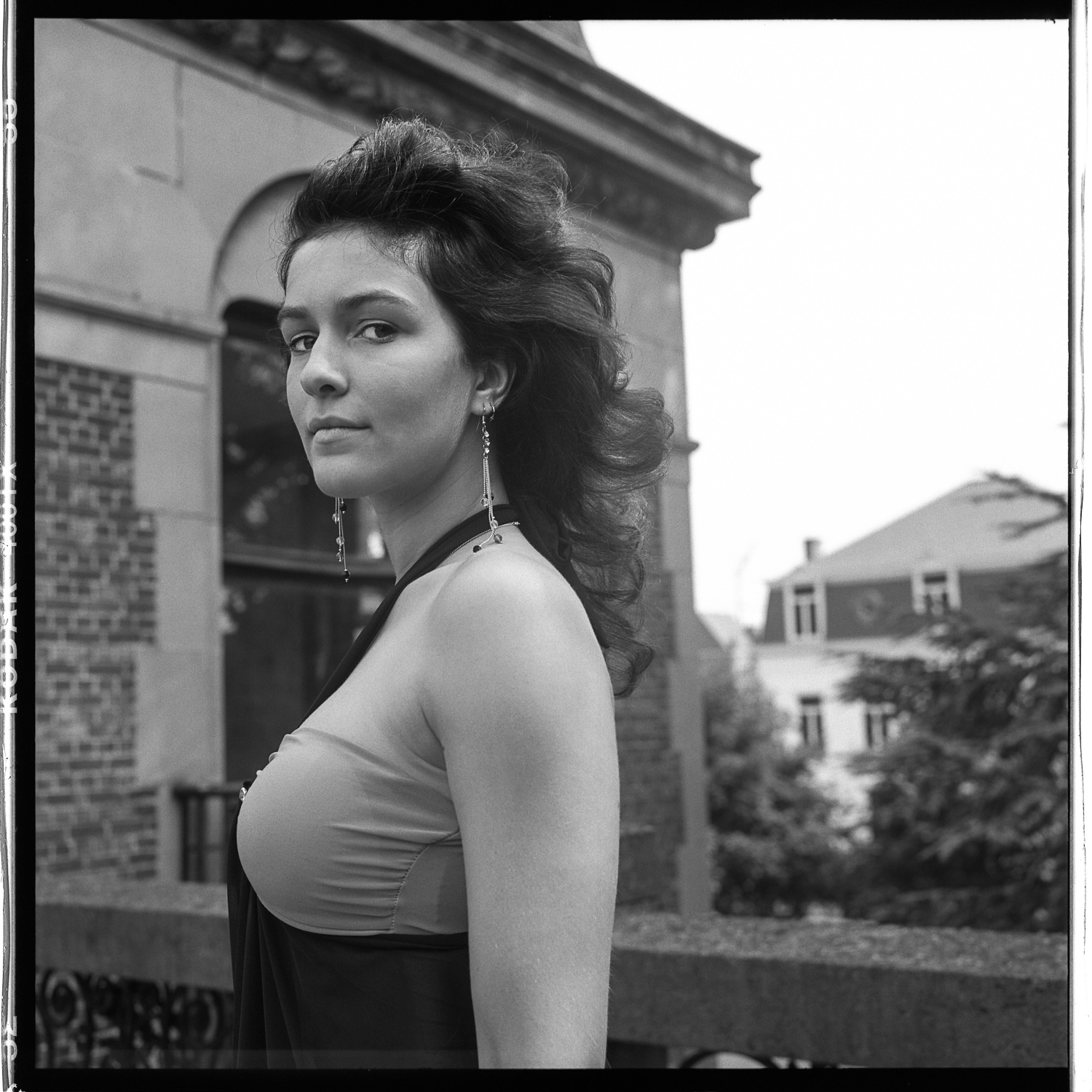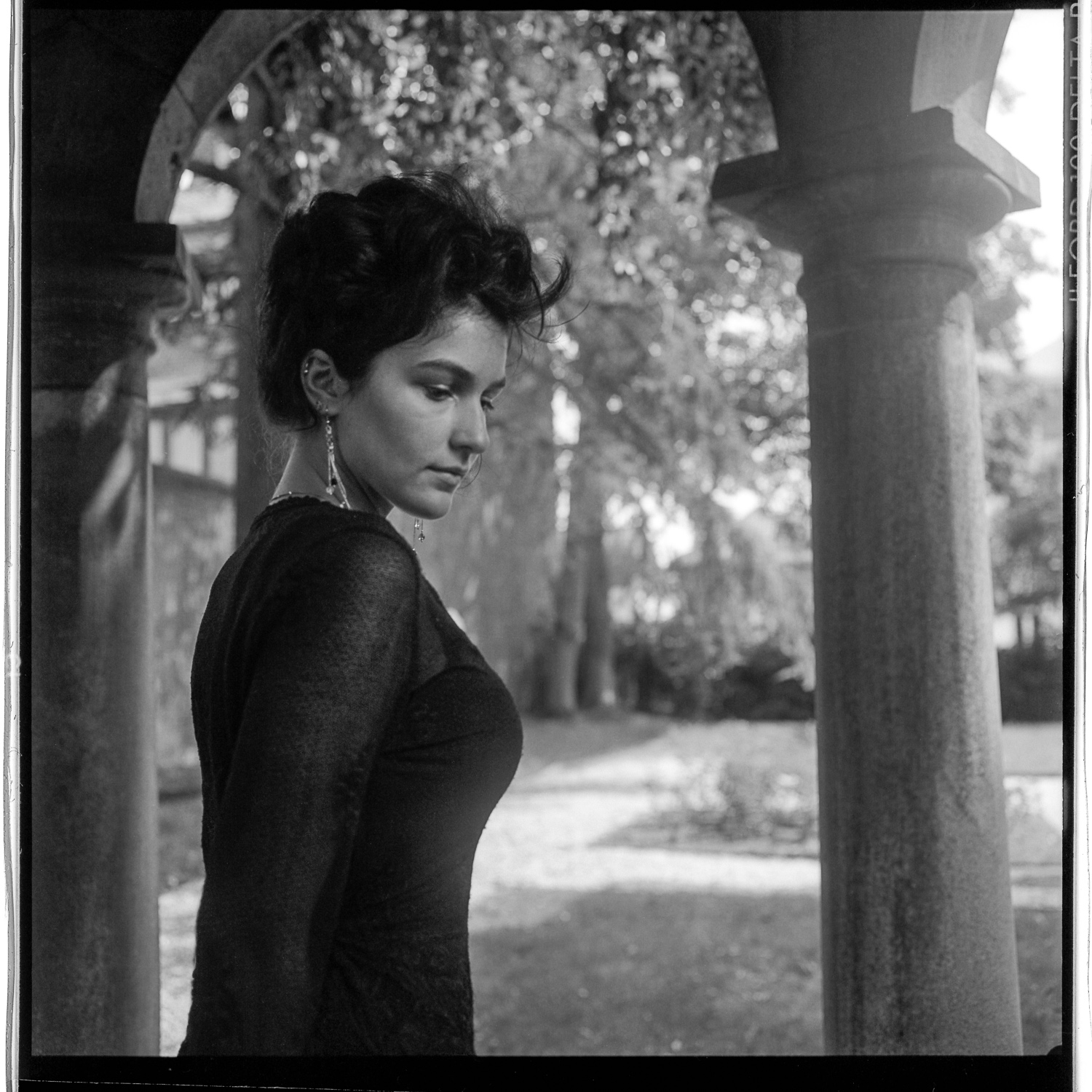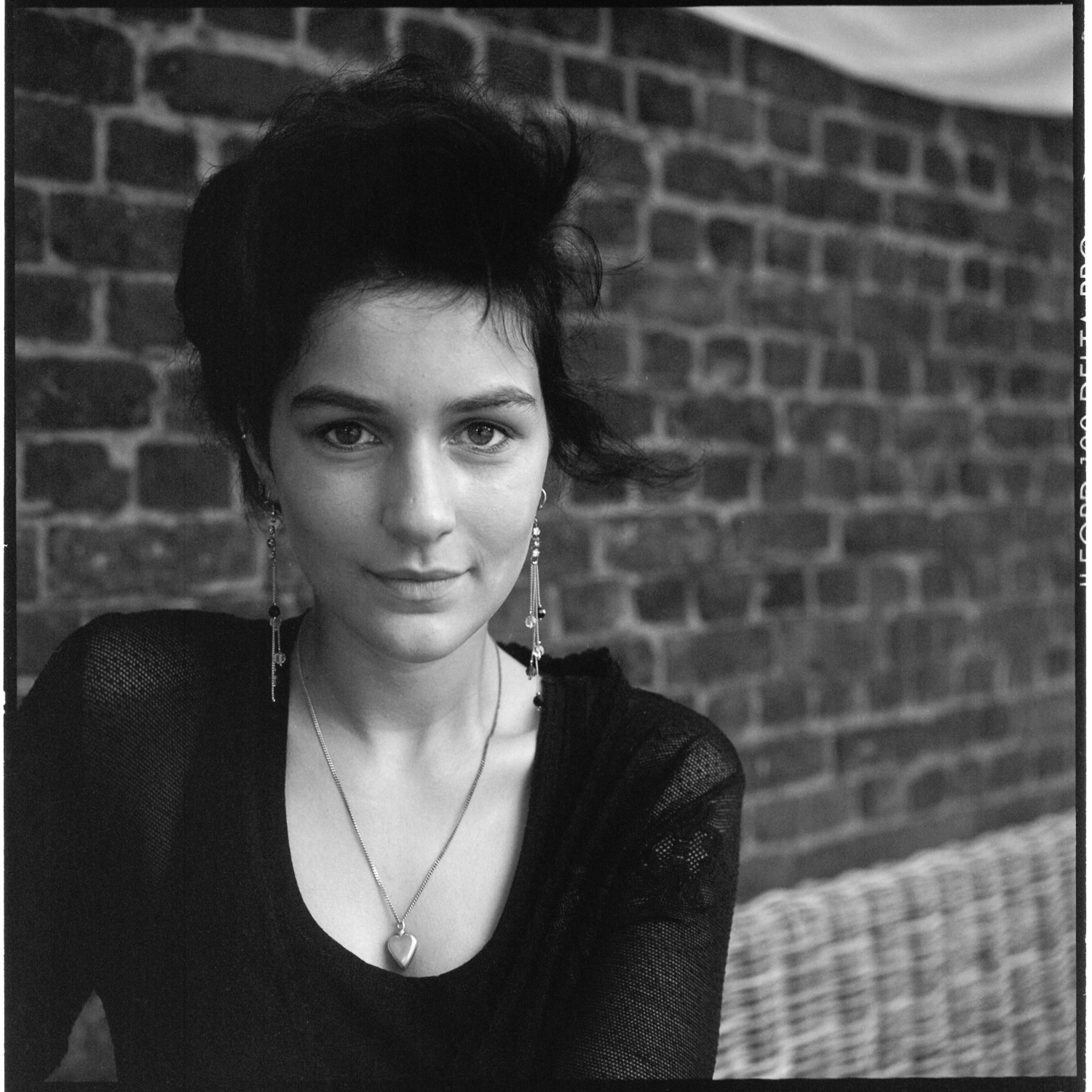no I haven’t been to Paris recently, so these images are, well, from a while ago (late 2017), I have published a single image from this trip already, but here is a more complete set. All taken with the Rolleiflex 3.5 TLR, in dark and difficult light this time (interior, winter, …)
What is it that convinces me to shoot film from time to time? I talked about this before, but here’s one other reason, I started thinking about it listening to an vlog about Photokina, and how this is all about gear and how the big brands have missed the revolution on the mirrorless camera’s and now need extra marketing efforts (and lies) to get to pace with the competition etcetera, etcetera. … (Michael Zelbel from goodlightmag)
when shooting analog it makes me feel that I am not running into this treadmill of commercial marketing ‘have to sell’ rush that the mainstream photography world has become since it became a mass-product. Look at the average photography magazine on the book store shelf. Half of the pages will be about new gear that has reached the market, how the latest gear has reached new levels of ‘better’ since the last best camera. How it will improve your photography, become an extension of your eye, and even bring you the ultimate shooting experience. blah blah blah, I have been in marketing for a while myself … The other half will be divided in ‘how to’s’ on the use of the latest software updates to make that perfect camera shot even better, or how to use the latest lighting gear to enhance your vision and creativity. Duh. … If you are lucky, there is a small section in the magazine that will cover large exhibitions, and maybe some portfolio’s from photographers (a couple of pages from the 100+ total number of pages)
I am sure that the Rolleiflex came with its own sauce of marketing blahblah at the time it was launched, but that’s a long time ago and I’m not bothered with it. Even now, new film camera’s are still made, but have you ever seen an add for one? They don’t really push, they wait till you go looking for them and then you’ll find them.
I shoot this antique Rolleiflex camera, with black and white 120 film that exists for ages now, and no accessories. When I use it, I simply can not feel the need to rush to get my images on the web (FB, Insta, … ) because that is literally impossible, with the film needing to be developed. I don’t get stressed on having to recharge batteries, because it has no batteries. I do not have to decide which lens or focal length to use, because it comes with a fixed focal lens that is not removable. I even don’t have to decide to shoot horizontal or vertical, because the image format is square. I can allow myself to just observe my environment, look at what people do, try to capture moments, details, … that come to my attention. If I miss a shot because my gear isn’t up to date, well I missed it, maybe I will be lucky next time. …
long live simplicity (maybe I’m getting old 😉 )
The pictures, with a little word, so you can find out where I’ve been strolling.
107 cubic inches, this one has been published before on my blog. Waiting for service at the Harley-Davidson shop in Boulevard Beaumarchais.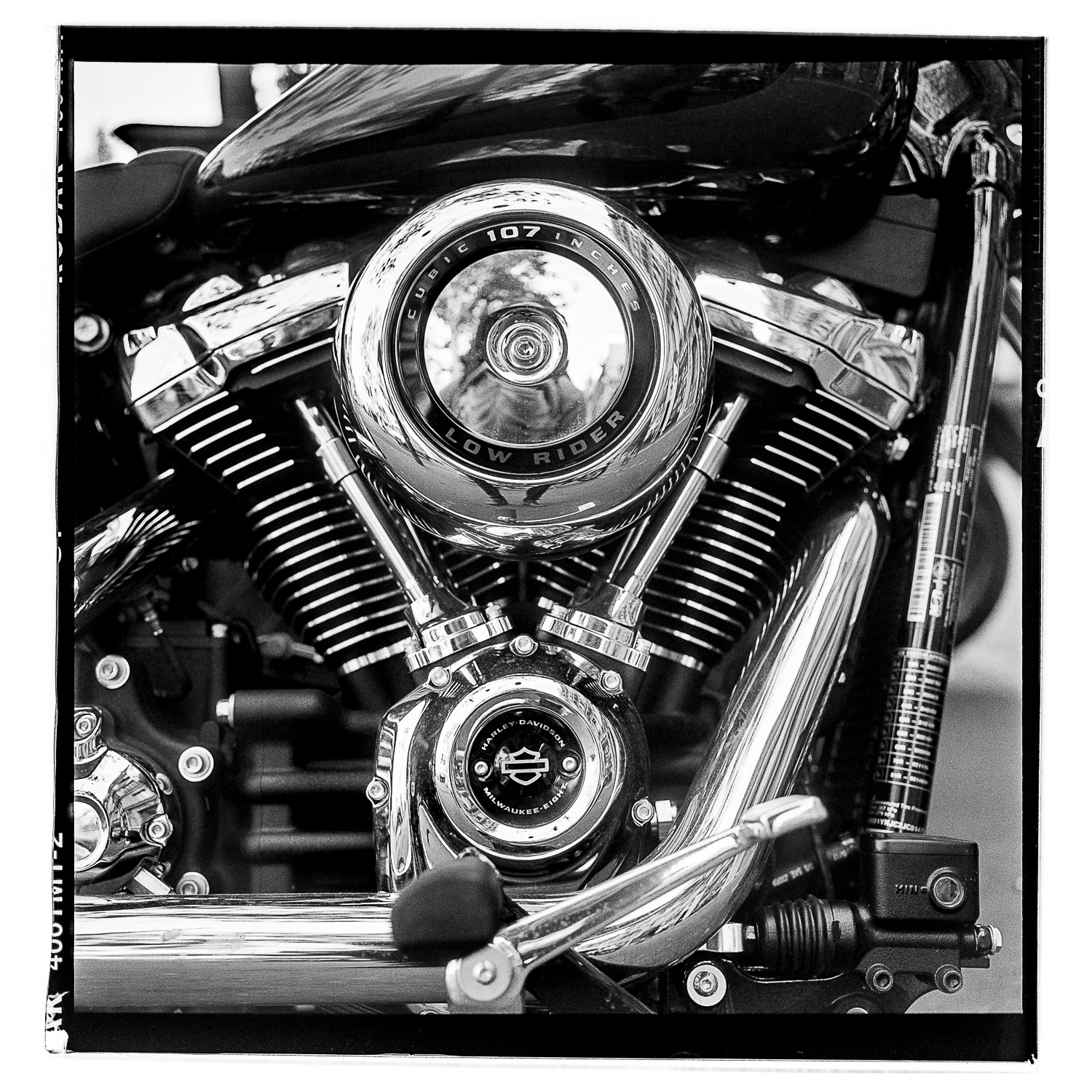
the queue for the Irving Penn exhibit that ran in the Grand Palais in Paris
part of the exhibit on Irving Penn
preparing for a kite flight on the Esplanade des Invalides
taking a break from cooking – the chef at Café de Mars – Rue du gros Caillou
plagiarism at Fondation Louis Vuitton
smooth curves architecture by Frank Ghery (Fondation Louis Vuitton)
people enjoying the audio-installation at Fondation Louis Vuitton
Me taking a self portrait at Fondation Louis Vuitton
time to prune the plants maybe? – artisan fleuriste at Rue Vieille-du-Temple
cheers, hope you come back here soon.
If you want to see more images taking with the Rolleiflex in Paris, look here
If you want to re-read a previous article about shooting on film, this is the place: shooting film
cheers,
Ludwig
